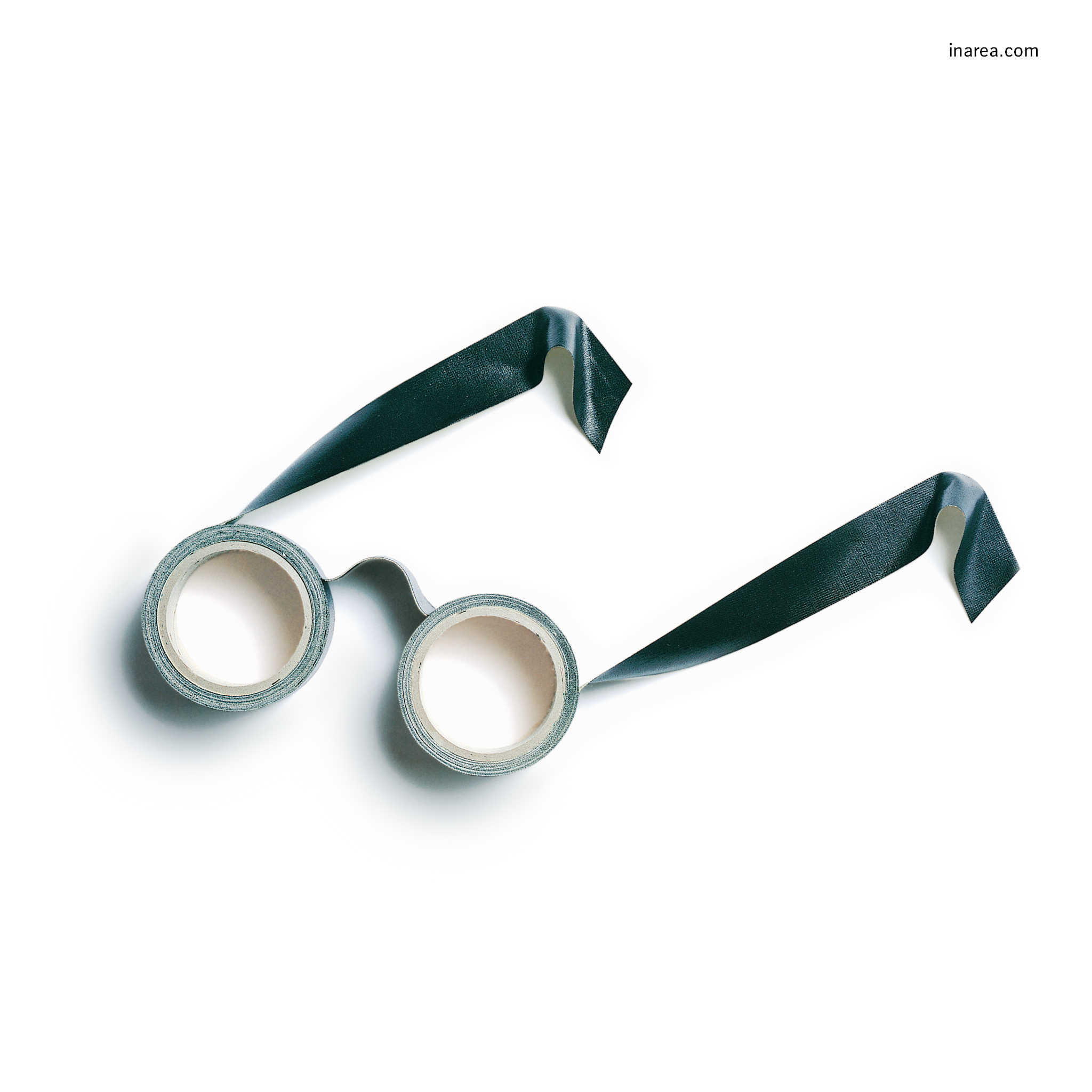“Art and Sensuality in the Houses of Pompei”, an exhibition currently staged at Pompeii, aims to prove that the erotic imagery, so ubiquitous in homes all over that Roman city, is not only (as indicated in the title) “art”, but is also depictive of something quite natural and which can, therefore, be viewed by adults and children alike. The adjective “hard core”, being a concept that changes over time, doesn’t apply here at all. However, one does require lenses to look closely… Thus, the exhibition highlights those steamy scenes whose explicitness had embarrassed archaeologists ever since the site was first discovered. Consequently, the evocative artefacts had been stashed in storerooms that remained more or less off limits – until now. The present exhibition, on view until January 2023, recounts how our ancestors possessed everything except bashfulness: scenes depicting the copulation of gods and centaurs were not only a narrative for bedrooms, but also for sitting rooms, grottos and gardens – in short, they were central to private daily life in Pompeii.
And while we’re on the subject of special lenses, let’s remember that the French painter Gustave Courbet – who holds the record as the artist most-recently hit by a seemingly timeless censorship – was born on 10 June 1819. In 2011, Courbet’s painting L’Origine du monde (1866) was censored by Facebook and the legal battle that ensued ended up in court.
It would appear that nothing escapes the eye in the world of multimedia and so our dilemma is: to paste or not to paste an emoji on a painting of a nude body? That is the question. In the meantime, an anti-myopia device seems a “bare” necessity.
MADEINAREA


